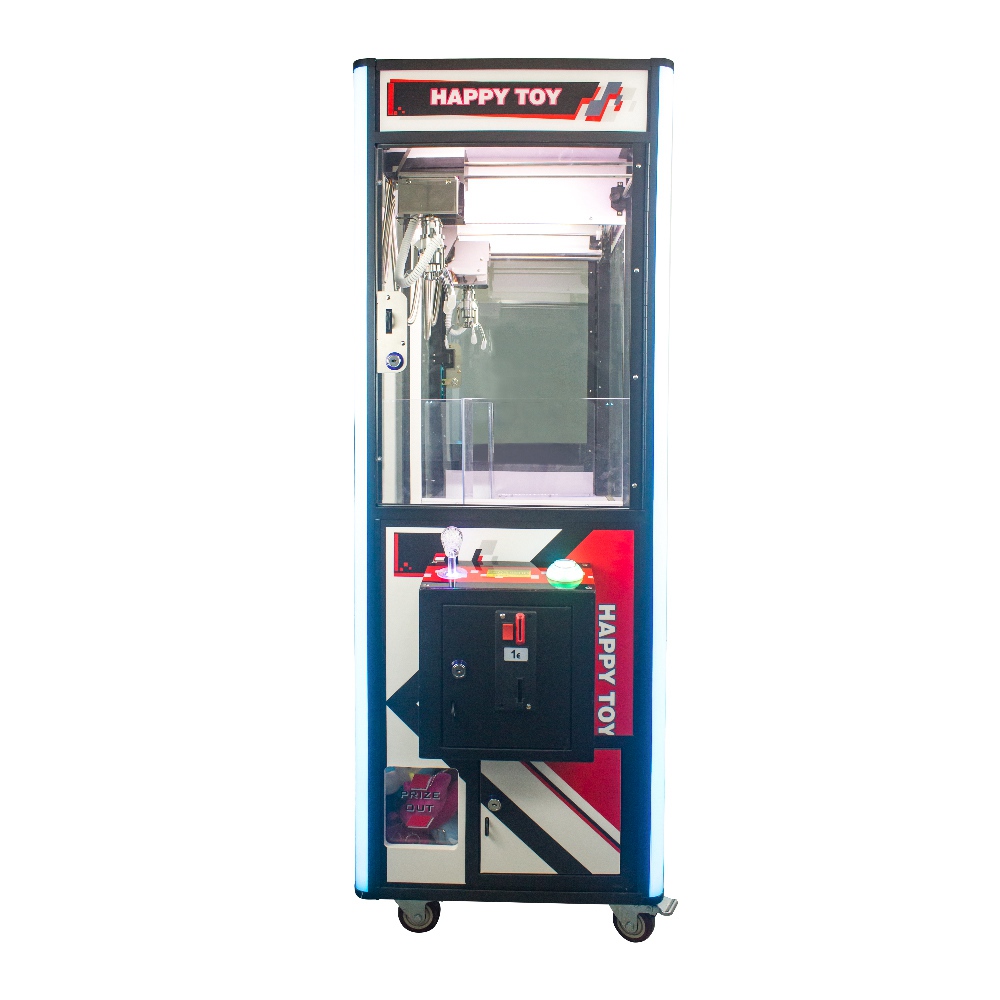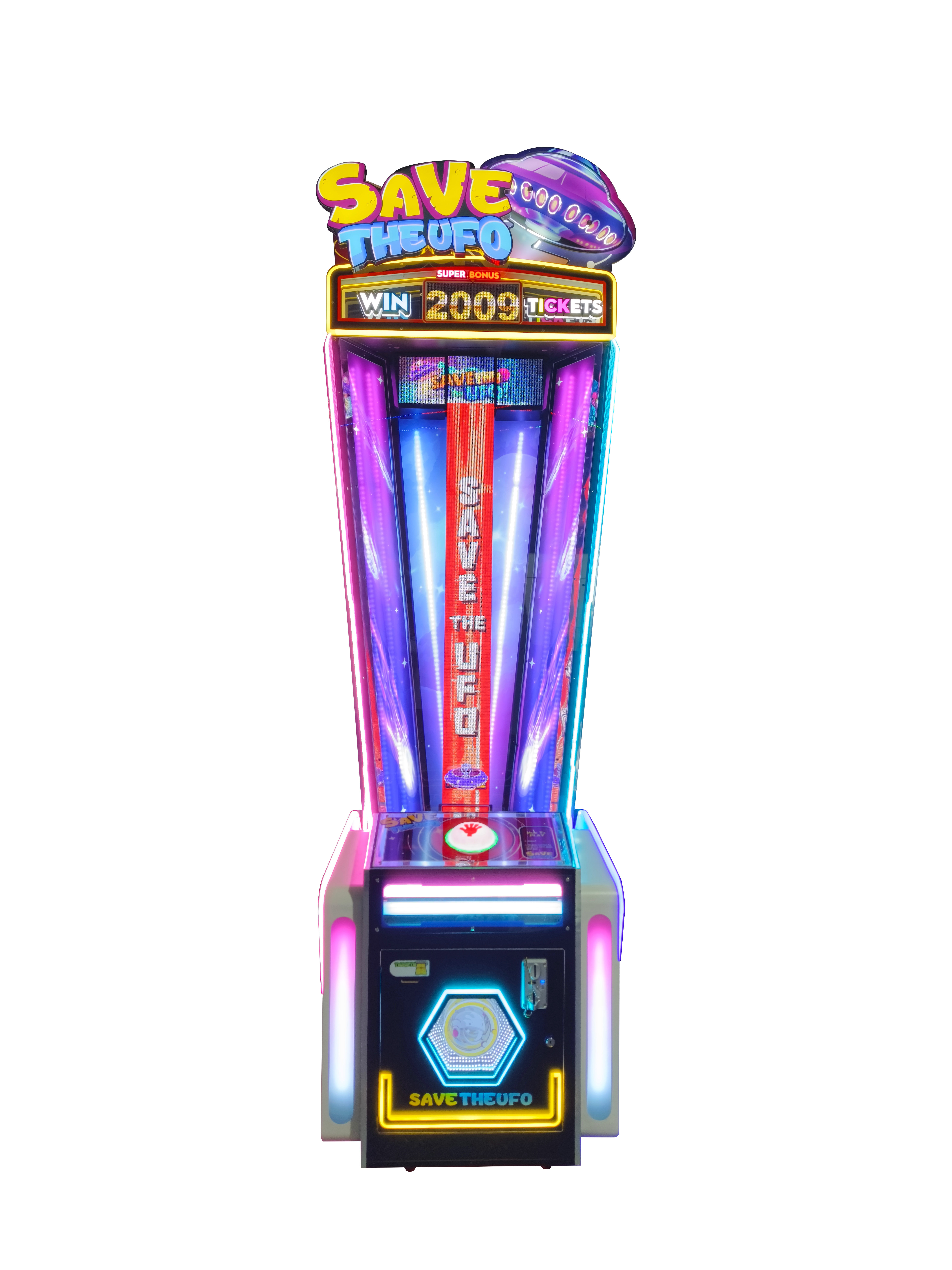A claw machine is a kind of entertainment device that consists of two main types: plush toy claw machines and candy claw machines. The main task of those plush claw machines is to grab toys weighing from 100 grams to 500 grams, with a winning rate of only about two out of ten. A better option would be to pick toys that are of moderate size and weigh approximately 200 grams. The ability of candy claw machines is to grab small items weighing 10-50 grams at a time, and the winning rate fluctuates around fifteen percentage points. For beginners, choosing larger and more commonly shaped items, such as circular candies wider than two centimeters in diameter, and timing the claw movement at roughly 0.5 meters per second for accurate descent drops, would provide a higher win ratio.
Table of Contents
ToggleUnderstanding the Types of Claw Machines
The claw machine may fall into two categories: plush claw machines and candy claw machines. Knowing the difference will allow players to use a new machine effectively and develop rules on how things that differ from each other should be grabbed.
Plush claw machines are designed to grab soft toys, plastic figures, and other toys. These toys are usually between 10-30 centimeters long and weigh from 100 to 500 grams. Start by selecting toys that are small to mid-sized and weigh around 200 grams; this way, the toy is not too heavy or light, making it easier for the claw to grasp easily. The claw’s hold strength is normally about 3 newtons, so larger and heavier toys are more challenging to get. There are sizes and shapes that can be picked up more easily, like a 150-gram Hello Kitty toy rather than a heavier Super Mario toy, which weighs approximately 300 grams.
The most common type of claw machine, or prize crane as they are sometimes called, is the candy grabber designed to hold candies, keychains, and other small prizes. Candies can weigh from 10 to 50 grams and come in many forms: spherical, cubical, flat-like, and teardrop-shaped. Candy and plush claw machines vary in the ease with which you can control the claw because plush toys move through the air quite easily compared to candy. In such machines, the claw only has a grip force of around 1-2 newtons, meaning precise control is necessary to grab items. It is suggested that beginners select larger, more regular candies, such as those 2-3 cm in diameter, because their shape is stable and they are easier to handle.

Basic Operations of Claw Machines
Whether it is a plush claw machine or a candy claw crane, the playing steps are basically the same, but there may be differences in some of the details about how to control the claw. Mastering these steps is key to improving your chances of success.
First, after inserting coins, observe for about 15-20 seconds. During this period, the player needs to see what type of toy or candy can be found in the machine and pick from among them. Be attentive to the position of the target and claw (for example, if the target is pressed against any item, or if it is within reach). One good choice is to select toys that are not covered by other objects, as this can increase the success rate by about 30 percent.
Then, use the joystick to move the claw over your objective. The claw moves at about 0.5 meters per second, so you must control it steadily. On average, beginners need about 10 seconds to move the claw and position it correctly with respect to distance and angle. Avoid making multiple adjustments to help prevent misalignment.
Once the grab button is pressed, the arm will automatically move down and close for grabbing. This procedure generally completes within 2-3 seconds. When the claw closes, note factors such as how hard and when to grab so that it doesn’t close too soon or late, which could lead to a miss or dropping of an object. Success depends on timing the claw to hit directly over your target’s center line before pressing the button.
The claw will then transport the target to the prize chute, which takes about 3-5 seconds after a successful grab. Players must ensure the target drops efficiently into the chute so that it does not get stuck. During this time, the claw must be stable enough to maintain a successful delivery of the prize.
Tips for Using Plush Claw Machines
The success of winning in a plush claw machine depends on selecting the right target. The success rate of these toys is normally higher by 30%, so choose the ones that are not covered with other toys. Toys with more regular shapes or a lighter weight (anything diskish, round, or square) will be easier to grab as their center of gravity is less likely to shift or slip while you are trying to grab them.
Another essential tip is to observe the strength of the grip by the claw. Claw strength varies per machine (typically between 2-5 newtons). By observing the operation of other players, you can learn more about which toys are easier to grab. If the claw strength is weaker for a machine, you may want to choose lighter toys to increase the success rate. You can also use the type of toy another player successfully grabs as a reference for your selection.
Practicing aligning the center of gravity and angle of the toy will increase your chances of catching a grab. The claw should be directed towards the center of mass. The more the claw touches the toy as it travels to your destination, the higher the chance of a win. Always position the center of the claw over the toy’s head or torso to balance it with its center of gravity and avoid dropping due to instability.

Tips for Using Candy Claw Machines
Choosing the right type of candy can significantly increase the catch ratio. Prioritize larger, regularly shaped candies, such as round or square ones more than 2 cm in diameter, because they have a stable center of gravity and a higher success rate. Avoid candies that are too small or deformed, as they are more likely to slide. For example, spherical chocolate candies 3 cm in diameter should be easier to grab successfully than smaller gummy ones.
Utilizing edge advantages is a common strategy in candy claw machines. Candies typically stack on top of each other when loaded, and those near an edge are easier to grab—at least 20% more likely than candies from the center. Picking up candies on the border and those that protrude can lead to success.
Also, claw strength can be adjusted, which is equally important in candy claw machines. Candy claw machines tend to have smaller claws with lower grip strength, generally between 1-2 newtons. Set the force of the claw according to candy weight and shape; otherwise, it may catch too many or too few pieces at a time. If the claw is too tight, it might grip candies without releasing them; if too loose, it may not grab at all. After each attempt, adjust the force based on trial and error to increase its success rate. Many players find that even slight strength tweaks can significantly impact whether your grab results in success.








